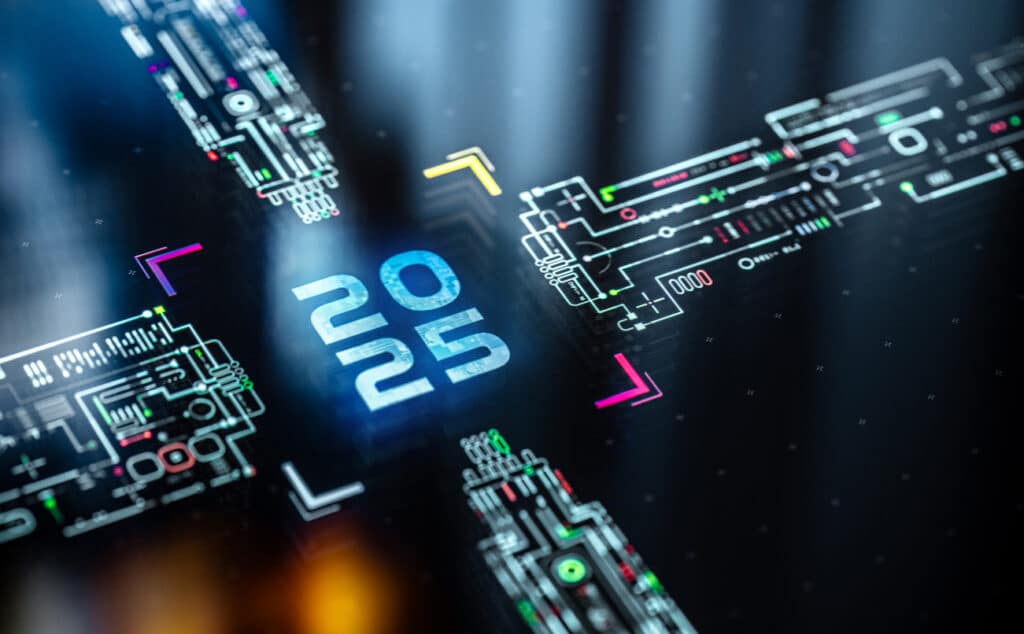Future Technology Trends Explained
Earlier this month I went to Microsoft’s Future Decoded event at the ExCel in London. I’ve already written a piece on Matthew Syed’s – the growth mindset, so check it out if that’s your thing.
This time I’m going to try and do justice to the ‘future technology trends’ covered by the Chief Technology Officer for Microsoft in the UK; Michael Wignall, a man who speaks quickly but very clearly and has a genuine passion for the work he is doing, he’s also smiley – I like smiley!
Michael kicks off by telling us not to worry if you aren’t a ‘techie’ – you will in fact understand some of what he’s about to say – ok, so I should just about be fine…He then gives us his first disclaimer ‘we always overestimate the change that will occur in the next two years and underestimate the change that will occur in the next ten’ – a quote from Bill Gates famous book – The Road Ahead written in 1995. Michael also confesses to being a bit of a Satya ‘fanboy’, yes, I’m with you there Michael – he is an awesome man!
Michael tells us that this briefing should be considered in the context of the global technology landscape and that right now we are very much in the era of the fourth Industrial Revolution.
We’ve shifted from people power to mechanical power in the 1st revolution – that moved people into cities and changed the rural landscape of Britain forever. And on a global scale it increased economic output and productivity. Fast forward to today and we are consumed by digital disruption driven by the Intelligent Cloud (best summed up as ubiquitous computing) and Intelligent Edge (think connected devices and/or experiences). These places are now inter-connected and have AI at the core.
There is a systemic change taking place across all industries, the pace and scale of which has not been seen before, it will have a big increase on output and productivity, but also with that, bring a big social change that will have a profound impact on the way people work and live their lives.
Michael then moves us on to his three big technology trends which he’s based on Satya’s recent book ‘Hit Refresh’. This is what Microsoft believes will be the drivers of this fourth revolution:
- Artificial Intelligence (AI)
- Mixed Reality
- Quantum Computing
Artificial Intelligence
The foundations for AI are:
- Data
- Cloud services (such as machine learning)
- Algorithms or code that go into designing AI.
The image in the header of this blog shows the scale of data that is and will be collected. But how in the future are we going to be able to store and manage all of this data because at the current run rate of storage vs amount of data we are going to run out of capacity even with the cloud. There are several options in this space, one being synthetic DNA storage.
He shows an image with a small amount of synthetic DNA equivalent to the size of a pencil lead that can hold 10 TB of data. And why is DNA storage a strong solution, well because it is very durable; it lasts a long time in the context of us being able to read it and it’s incredibly dense.
Microsoft have been working on a research project, that takes the basis of DNA and pairs encoded binary data on to it, mapping the individual base layers to create synthetic DNA that represents it. You can then put this in a data centre. I’m thinking at this point that we are right at the very end of my technical intelligence…
So now we’ve got all this data and potential ways to future proof the storage of it, we still need ways to power AI to do bigger and better things. And generally, the cloud is good for this but there is an increasing need for specialised hardware that can deliver real-time AI and that can be embedded in Intelligent Edge devices.
In addition, there is a requirement to bring compute closer to where it’s needed so expect to see hyper scale cloud complimented by much more local solutions. Michael then shows us ‘Project Natick’ – a self-sustaining underwater data centre with cameras looking at the environmental impact. These cameras are counting the sea life around the data centre using Microsoft’s image recognition and cognitive services to look at trends over time.
Then there’s the algorithms or models. Through deep neural networks parity has been reached on a number of key attributes such as vision, speech, language translation and machine translation.
One particular focus is helping computers to communicate with us as people better. Translation services are delivering outstanding results but what Microsoft are also seeing is an increase in the context of natural language – so text to speech and we hear an example to prove the point – impressive!
This is a segue into a subject that Microsoft are keen to ensure we know they are taking seriously, which is the whole ethics of AI. And what they mean by this is that if in this context we have reached the ability for machines to reach parity in terms of speech is that something that ethically we really want?
The phrase ‘be careful what you wish for springs to mind’…
Microsoft’s answer to this is a programme they call ‘Design AI to Earn Trust’ which includes a number of components:
- Fairness
- Reliability & Safety
- Privacy & Security
- Inclusiveness
- Transparency
- Accountability
This is the first time I’ve heard a tech company have a kind of social mandate when it comes to AI and frankly it’s reassuring. The late Stephen Hawking’s repeatedly warned about the perils of artificial intelligence, even calling it the biggest threat to mankind – its good therefore to see Microsoft’s stance on AI and with Nadella at the helm you have the belief that they mean it.
Mixed Reality
Next up mixed reality and the first thing we learn is that in fact these trends of AI, Mixed Reality and even Quantum Computing are in fact, as we look into the future, starting to converge and that one will impact the other. Mixed reality is informed and empowered by AI, when we do some of the interactions, look at a space and detect objects – that is image recognition and when we speak to it – that’s voice recognition.
We then hear about ‘digital twining’ – the fusing of the physical and digital world. It effects devices in how we replicate them in the digital world, it effects people – as we become more digital we want to replicate more of our attributes in a digital context and it also impacts spaces in general (think the physical space and its digital twin that we work in). The view is that in the future everything will have a digital twin.
And so, says Michael, this technology is really going to be the game changer. When we think about how we interact with technology today its been via a small screen, a keyboard and a mouse and for the last 10 years the addition of a mobile phone. The future is very much about mixed reality – that’s the new paradigm of how we interact with technology. Microsoft is very much on that journey with HoloLens, which is the first self-contained, holographic computer that enables you to engage with your digital content and interact with holograms in the world around you – it’s magic, it really is!
Quantum Computing
Right concentrate Keith – this really is out of my comfort zone…
So, what is it and why is it important. The analogy Michael uses is that in the binary and classical world, in a world of 1’s and 0’s when you are trying to solve a maze, you have to try one option after the other. In the quantum world based on a world of something called quantum superposition we can try all options at the same time meaning you reach the end of the maze directly.
Now I’m in trouble as Michael tells us that he’s going to take us through the next section slowly as it even blows his mind – he’s right, if you are interested to find out more go to www.futuredecoded.com.
The conclusion I do understand is that when quantum computing comes, the computing power it will give all of us is going to be exponential, it’s going to transform not only productivity but the capacity we have as humans.
Phew – I made it, fascinating – a real journey into the future of what technology is going to deliver!


